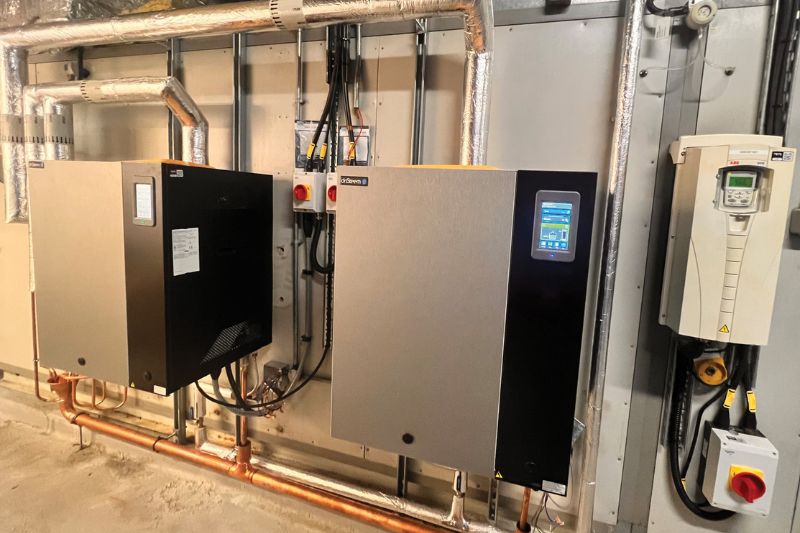Pure spaces require precise environmental control, with moisture regulation playing a crucial role in maintaining product integrity, process stability and compliance with strict standards.
A poor humidity control can lead to an electrostatic discharge (ESD), microbial contamination, material instability and production efficiency that affect the pharmaceutical, semiconductor and biotechnology sectors.
For the management, this means regulatory non -compliance with risks and financial losses; Moisture fluctuations can affect sensitive materials for formulation and research teams. In contrast to the infection, improper humidity can promote microbial growth. And for production teams, this can lead to devices and inconsistent process results.
Isotherm (steam) humidifiers are widespread in these environments because they offer sterile, consistent humidity levels. However, your energy -intensive operation and water consumption can be challenges in sustainability.
In order to select the right isothermal humidifier, it is important to take into account key factors that adapt to sustainability goals such as the optimization of water consumption, the minimization of condensate waste waste and reducing energy consumption.
What effects does the water quality have on the sustainability of the humidifiers?
The supply of water quality significantly influences the efficiency and durability of isothermal humidifiers. Contamination such as minerals, chlorides and particles can lead to scaling, corrosion and frequent maintenance problems as well as increased water and energy drop.
Poor water quality can also lead to excessive blow -in cycles – periodic water columns from the system to remove concentrated dissolved solids and prevent conversion, which further contributes to water waste and energy efficiency. In addition, untreated or not properly treated water can introduce microbial contamination that affects the sterility of cleaning and require more frequent maintenance and disinfectability.
Organizations can optimize the performance of the humidifiers and alleviate common water -related problems through an appropriate water treatment. In clean room environments, the reverse osmosis (RO) and deonization (Di) are often used to achieve ultra -water water.
RO removes up to 99% of the dissolved solids, the organic substance and the microbial contamination from a semi-perisable membrane. At the same time, the remaining ions eliminates with ion exchange resins, which ensures the highest level of the water purity.
Water treatment systems work to improve the performance of the isothermal humidifier:

